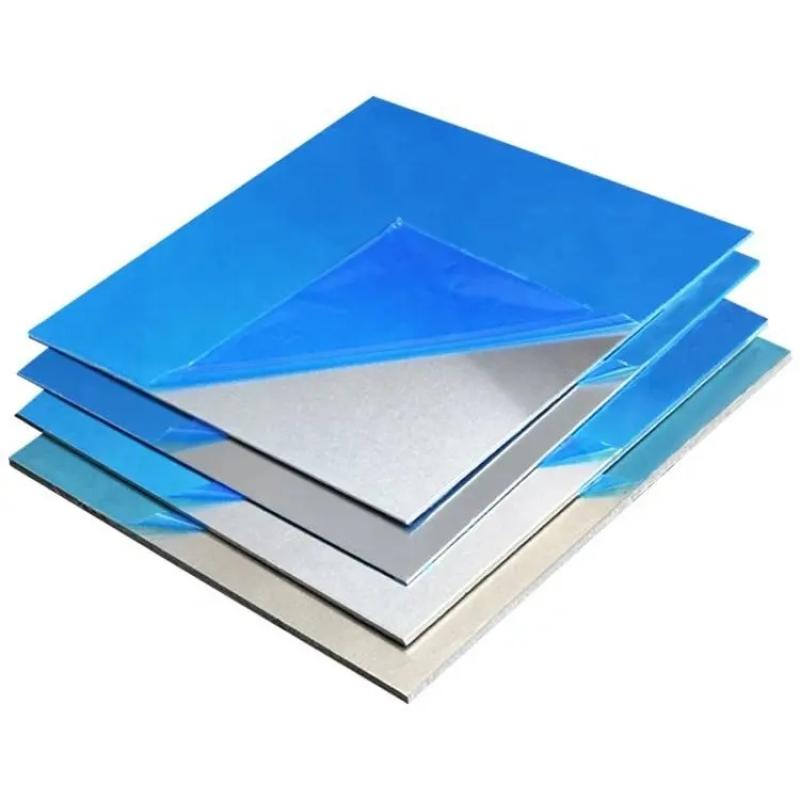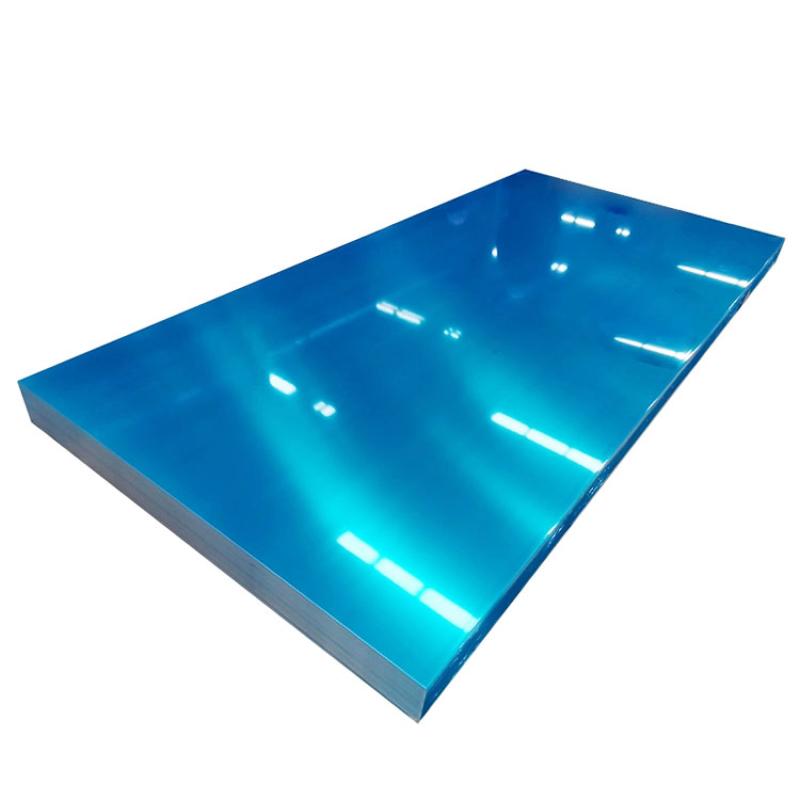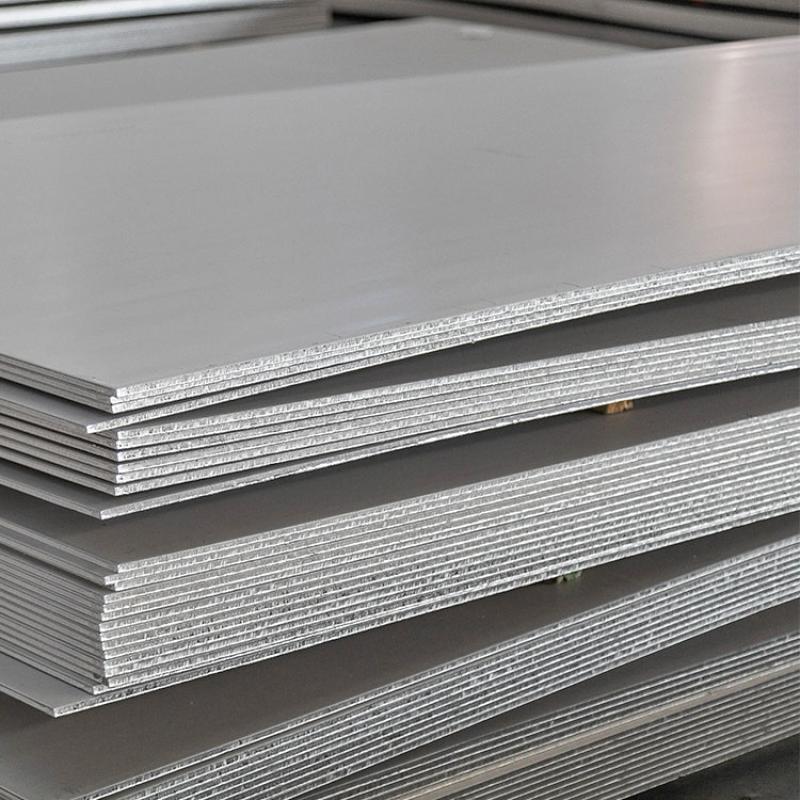Aluminium foil is a thin sheet of metal foil comprising about 92-99% aluminum. Its thickness is typically between 0.0002 to 0.006 inches. Its width and intensity are very different due to expected applications.
Contact Now
Aluminum 5052 has moderate-to-high strength characteristics with good weldability and resistance to corrosion. Due to its light weight, high strength, and attractive finishing capabilities, it can be used to make smaller, thinner components, such as those used in consumer electronics.
Contact Now
Aluminum 3003 is among the most common of aluminum alloys and is considered one of the best general-purpose aluminum alloys around. Aluminum 3003 bends easily, which allows for a large radius and high elasticity. It has excellent corrosion resistance, workability, and it may be deep drawn or spun. 3003 Aluminum PipeStandardASTM, ASME,EN, JIS, DIN,GB/T etc SizeOuter diameter3mm-250mmWall thickness0.5mm-200mmLength1m,3m,5.8m,6m,12m or as requiredGrade1000 series: 1050,1060,1070,1080,1100,1435, etc2000 series: 2011,2014,2017,2024, etc3000 series: 3002,3003,310
Contact Now
5052 Aluminum Alloy is a medium strength alloy containing Magnesium as its major alloying element. 5052 Aluminum alloy has good workability, a high fatigue strength and is very good for welding. It has very good corrosion resistance to seawater and the marine and industrial atmosphere.
Contact Now
Aluminium foil is a thin sheet of metal foil comprising about 92-99% aluminum. Its thickness is typically between 0.0002 to 0.006 inches. Its width and intensity are very different due to expected applications.
Contact Now
Aluminium foil is a thin sheet of metal foil comprising about 92-99% aluminum. Its thickness is typically between 0.0002 to 0.006 inches. Its width and intensity are very different due to expected applications.
Contact Now
Aluminium foil is a thin sheet of metal foil comprising about 92-99% aluminum. Its thickness is typically between 0.0002 to 0.006 inches. Its width and intensity are very different due to expected applications.
Contact Now
Aluminium foil is a thin sheet of metal foil comprising about 92-99% aluminum. Its thickness is typically between 0.0002 to 0.006 inches. Its width and intensity are very different due to expected applications.
Contact Now
3003 aluminum coil and sheet is approximately 20% stronger than 1100 series aluminum. 3003 aluminum reacts well to mechanical finishings as well as organic finishes. 3003 welding is readily accomplished by means of conventional welding methods, but may be gummy if machined.
Contact Now
3003 aluminum coil and sheet is approximately 20% stronger than 1100 series aluminum. 3003 aluminum reacts well to mechanical finishings as well as organic finishes. 3003 welding is readily accomplished by means of conventional welding methods, but may be gummy if machined.
Contact Now
5052 aluminium coil exhibits higher corrosion resistance than other aluminium alloys, and a higher strength than 3003 aluminium coil. It maintains a superior resistance to salt water, making it a popular material for marine applications. 5052 aluminium coil is easy to form, stamp, weld and finish. With the proper setup, it has fair machinability.
Contact Now
Aluminum Plate refers to the rectangular plate processed by aluminum ingot rolling, which is divided into pure aluminum plate, alloy aluminum plate, thin aluminum plate, medium thickness aluminum plate, pattern aluminum plate.
Contact Now
Aluminum Plate refers to the rectangular plate processed by aluminum ingot rolling, which is divided into pure aluminum plate, alloy aluminum plate, thin aluminum plate, medium thickness aluminum plate, pattern aluminum plate.
Contact Now
Aluminum Plate refers to the rectangular plate processed by aluminum ingot rolling, which is divided into pure aluminum plate, alloy aluminum plate, thin aluminum plate, medium thickness aluminum plate, pattern aluminum plate.
Contact Now
Aluminum Plate refers to the rectangular plate processed by aluminum ingot rolling, which is divided into pure aluminum plate, alloy aluminum plate, thin aluminum plate, medium thickness aluminum plate, pattern aluminum plate.
Contact Now
Aluminum Plate refers to the rectangular plate processed by aluminum ingot rolling, which is divided into pure aluminum plate, alloy aluminum plate, thin aluminum plate, medium thickness aluminum plate, pattern aluminum plate.
Contact Now
Aluminum ingot is product in the form of a bar with an above narrowing. It is produced using molding in a horizontal position through an open top.Ingots of pure aluminum or aluminum alloy after special processing are used in the production of pipes, sheets, hexagon drives and other rolled products.
Contact Now
Aluminum profile, it is different section shapes aluminum products through aluminum extrusion process.
Contact Now
The aluminum profiles and compatible accessories make it easy to build handrails, signage, flow racks and more. Build to your own technical specification. We go the extra mile as a full service custom industrial solutions provider.
Contact Now
The 7075 Aluminum Seamless Pipe is drawn from the raw material and it allows the pipes to be precise in dimensions. Since the most uses of the 7075 material is in the aircraft industry, the pipes have to be precise in dimensions. The seamless pipes offer the precision in dimension. The Aluminum 7075 Box Pipe is used with applications where the strength is the most prioritized requirement.
Contact Now
Aluminum ingots is non-ferrous product that is produced by pouring molten aluminum into special molds. These molds come in a variety of sizes and shapes, and the ingots created by this variety have different types in appearance.
Contact Now
Aluminium ingots are made from melting scrap aluminum or bauxite ore and pouring them into molds to form blocks known as “ingots.” Making aluminum ingots involves heating the scrap or ore to very high temperatures and then cooling it down in molds.
Contact Now
Aluminum Plate refers to the rectangular plate processed by aluminum ingot rolling, which is divided into pure aluminum plate, alloy aluminum plate, thin aluminum plate, medium thickness aluminum plate, pattern aluminum plate.
Contact Now
5083 Aluminum Pipe is one of many aluminum alloys used in different industries. It has fine granular structure that allows it to be easily and precisely anodized. The addition of magnesium and other elements in this alloy makes it much corrosion resistant under marine environments.
Contact Now




































